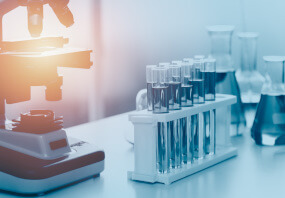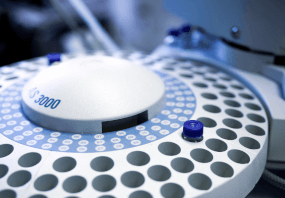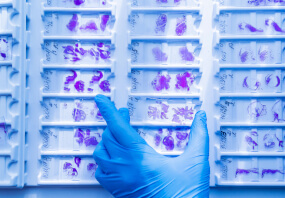General description
MES Buffer, known as one of the "Good′s" buffers designed for biological applications, plays a pivotal role in various aspects of research. This zwitterionic, morpholinic buffer is particularly valuable for its buffering capabilities within a pH range of 5.5 to 6.7. MES monohydrate, finds extensive utility in maintaining a stable environment in solutions used for cell culture media, protein-based buffer formulations, and electrophoresis running buffers. Its significance extends to the purification processes of antibodies, peptides, proteins, blood components, and growth factors. Additionally, MES stands out as an excellent choice for capillary electrochromatography, offering low ionic mobility. It serves as a safer alternative to toxic agents like cacodylate and non-zwitterionic buffers such as citrate and malate. While MES excels in buffering, it′s important to note that it is not recommended for use at pH 7.4, and alternative buffers should be explored in such cases. MES Monohydrate is also used to fine-tune the pH of growth media, stabilize enzymatic solutions, and as a component of PAGE running buffer in various experimental settings.
Application
MES Monohydrate has been used:
- In the preparation of a solution used for the suspension and dilution of protoplasts to measure the density and number of protoplasts using a haemocytometer
- As a component of Murashige and Skoog basal salt media
- In the preparation of total ionic strength adjustment buffer (TISAB)
- as a constituent in mobile phase solutions employed for the analysis of high molecular weight species and charge-related variants of biopharmaceutical proteins through SEC, HIC, and IEX chromatographic techniques
Features and Benefits
- Suitable as a Buffer component, for Electrophoresis and Molecular Biology
- Effective Buffering from pH 2.5-4.0 (25 °C, 0.5 M in H2O) with a pKa of 6.1 (25 °C)
- Free from DNase, NICKase, RNase, and Protease
Preparation Note
A buffer using MES free acid can be prepared by titrating the free acid with sodium hydroxide to the desired pH (pKa =±1). Alternatively, volumes of equimolar MES free acid and sodium MES can be mixed to attain the desired pH. Standard mixing tables using stock solutions to prepare a buffer of a given pH have been published.
Other Notes
Solubility/Stability: MES is soluble in water, giving a clear colourless solution at concentrations of 0.5 M or higher. The pH of a solution should be between 2.5 and 5, depending on the concentration. Solutions are stable at 2-8C for months.
Sterilization: Sterilization should be by filteration through 0.2 uM filters. Autoclaving is not recommended by any sulfonic acid buffers. If buffers must be nuclease-free, it is best to treat the water, and then add the buffer solids after autoclaving. When MES solutions are autoclaved, they turn yellow (although pH does not change measurably. The identity of the yellow breakdown product is unknown.
- UPC:
- 41105323
- Condition:
- New
- Availability:
- 3-5 Days
- Weight:
- 1.00 Ounces
- HazmatClass:
- No
- MPN:
- 69889-250G
- CAS:
- 145224-94-8












